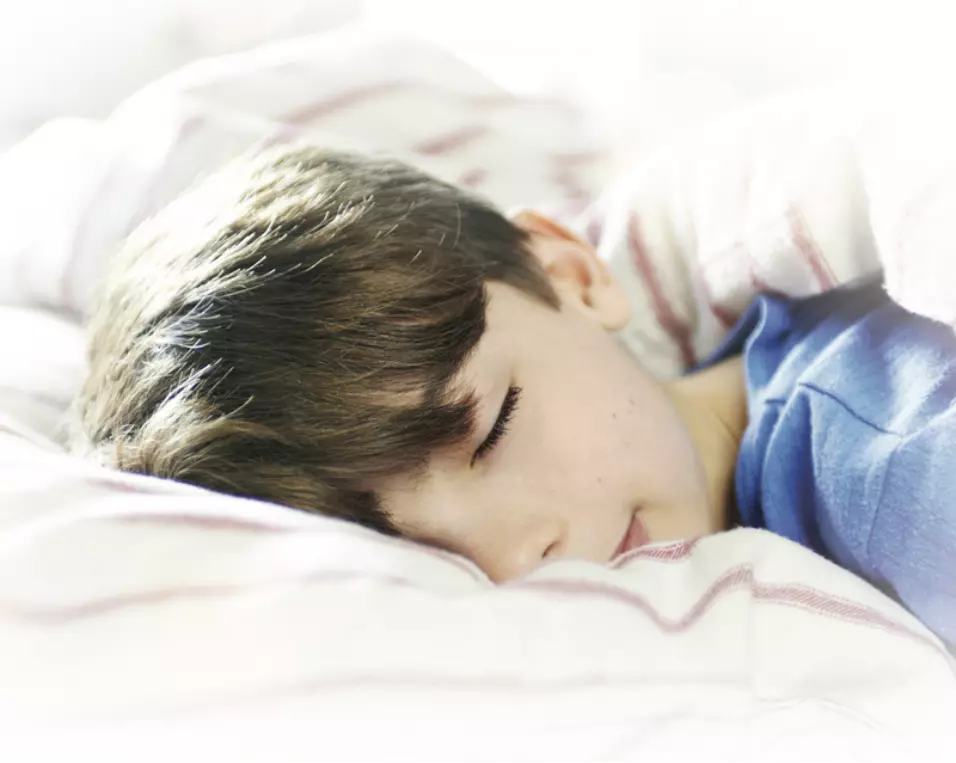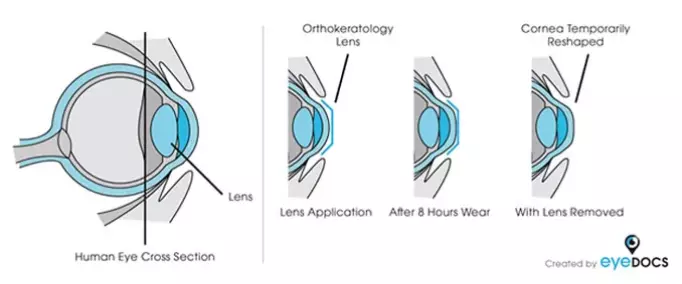

Invest In Your Child’s Eyes To Help Them Realize Their Full Potential
Ortho-K is widely used in controlling or slowing myopic progression in children. As vision continues to change throughout childhood into adulthood, correction surgeries such as Lasik are not recommended until one’s vision is stable. Hence, Ortho-K is a surgery-free alternative to achieving good vision.
Those with an active lifestyle may find it a hassle to wear glasses or uncomfortable to wear soft lenses throughout the day. Ortho-K eliminates the need for glasses or lenses in the day, enabling optical freedom for any activity.
What Is Orthokeratology?
Known as Ortho-K, OK lens in short or Cornea Reshaping Therapy (CRT)
- Corneal reshaping therapy using extended wear of custom designed rigid gas permeable (RGP) lenses
- Worn to sleep, then removed upon awakening to achieve clear vision for the day
- Safe and Reversible process
- Provides Myopia Control
